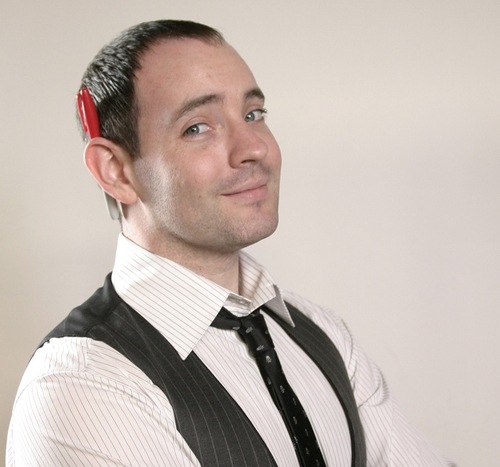We’ve published the year’s most notable errors and corrections and a month-by-month accounting of plagiarism and fabrication. Now it’s time to highlight the three accuracy-related trends from this year.
Inconsistent standards for handling plagiarism & fabrication
This year saw a rash of serious incidents of plagiarism and fabrication, particularly during the summer. That was a disturbing trend, but also notable were the reactions by the news organizations involved.
At organizations large and small there appears to be no standard practice for handling a major ethical transgression. Reaction varied from one outlet to the next, and overall there was a disturbing lack of transparency and accountability.
For example, a Hearst paper in Connecticut offered nothing more than a 152-word brief after it learned that a reporter fabricated at least 25 articles.
The Boston Globe and Canada’s Globe And Mail both refused to say publicly how, if at all, columnists who plagiarized were disciplined. The Boston Globe even declined to publicly name the offender. (The Globe writer had plagiarized in an unsigned editorial. But does a journalist deserve to maintain anonymity when they commit a major ethical transgression?)
Some organizations reviewed the previous work of a fabricator or plagiarist. Some didn’t. Some promised to institute new practices to prevent these things from happening again. They rarely explained what those were.
That’s the bad news. The good news is that in response, the American Copy Editors Society brought together representatives from several journalism organizations to form a committee to recommend what newsrooms should do to prevent and handle incidents of plagiarism and fabrication. The recommendations will be published in an ebook to be released in April at the ACES conference. (I’m part of the committee.)
Next-Level Hoaxes
Journalists need to be more on their guard than ever before. This year saw the emergence of a form of online hoax that was more complex, more coordinated, more layered — and built to go viral.
The first example was the Shell Arctic hoax, which began with a video on YouTube that presented itself as a leaked video of an oil industry event gone wrong. (The display of a replica oil drill that would soon supposedly be used by Shell to drill in the Arctic went awry and sprayed fake oil over some of the guests.)
The video was picked up by some in the press. Then the next level of the hoax kicked in: journalists were contacted by someone claiming to be from Shell PR to say the video was not real, and asking them to read a website with the real details about the project.
That website was fake, generating a second round of coverage. Two fake Twitter accounts were also set up.
A second well-executed hoax aimed at the press was WikiLeak’s fake Bill Keller column. It featured a fake website meant to look like The New York Times, a fake Twitter account, and the use of real comments by Keller to add authenticity to the hoax column.
A third example of a hoax that’s built to spread: See the story about how Abraham Lincoln invented the Facebook of his day. Sounds implausible, but that didn’t stop people from believing and sharing it.
Aside from well-executed offerings like the above, there were plenty of other hoaxes that spread. One example was the constant stream of fake Twitter accounts created by Italian teacher Tommaso De Benedetti and others. Or the onslaught of fake images that were created and shared before, during and after Hurricane Sandy.
The fakes and hoaxes will not be going away, and they will likely become more realistic and elaborate. It’s more important than ever that journalists understand how to debunk them, and help spread these skills among their colleagues and the public in order to stop bad information from spreading, especially during emergencies.
Fact-checking as part of political coverage
2012 was the year political fact-checking established itself as a standard part of election coverage.
The sheer volume of fact-checking, and the variety of media doing it at the national and local levels, helped it go mainstream.
A fact-checking segment/blog/report is now one of the standard tools used by news organizations during election season. Of particular note in the 2012 election was how checking was taken up by local outlets. For example, almost every major media outlet in Denver did some form of fact-checking as part of coverage.
In that swing state, and others, fact-checking is viewed as a way to counter political speech, or at least a way to place it in context for voters.
In 2012, fact-checking itself became more of a target. This is yet another sign it’s arrived in the political arena – people are using talking points to discredit it and the organizations who practice it.
PolitiFact previously dealt with backlash for its Lie of the Year picks, and MSNBC host Rachel Maddow was a constant critic of them this year. The GOP also targeted the organization with accusations of bias.
Nothing exemplified this more than the comment from Romney campaign pollster Neil Newhouse in response to outrage about a mendacious ad the campaign was running: “We’re not going to let our campaign be dictated by fact-checkers.”
You know you’ve arrived in the realm of political coverage when people care enough to dismiss and discredit you.
Now that political fact-checking is spreading and seemingly here to stay, perhaps we’ll begin to get a better sense of the impact it has on voters and the political process.







Comments